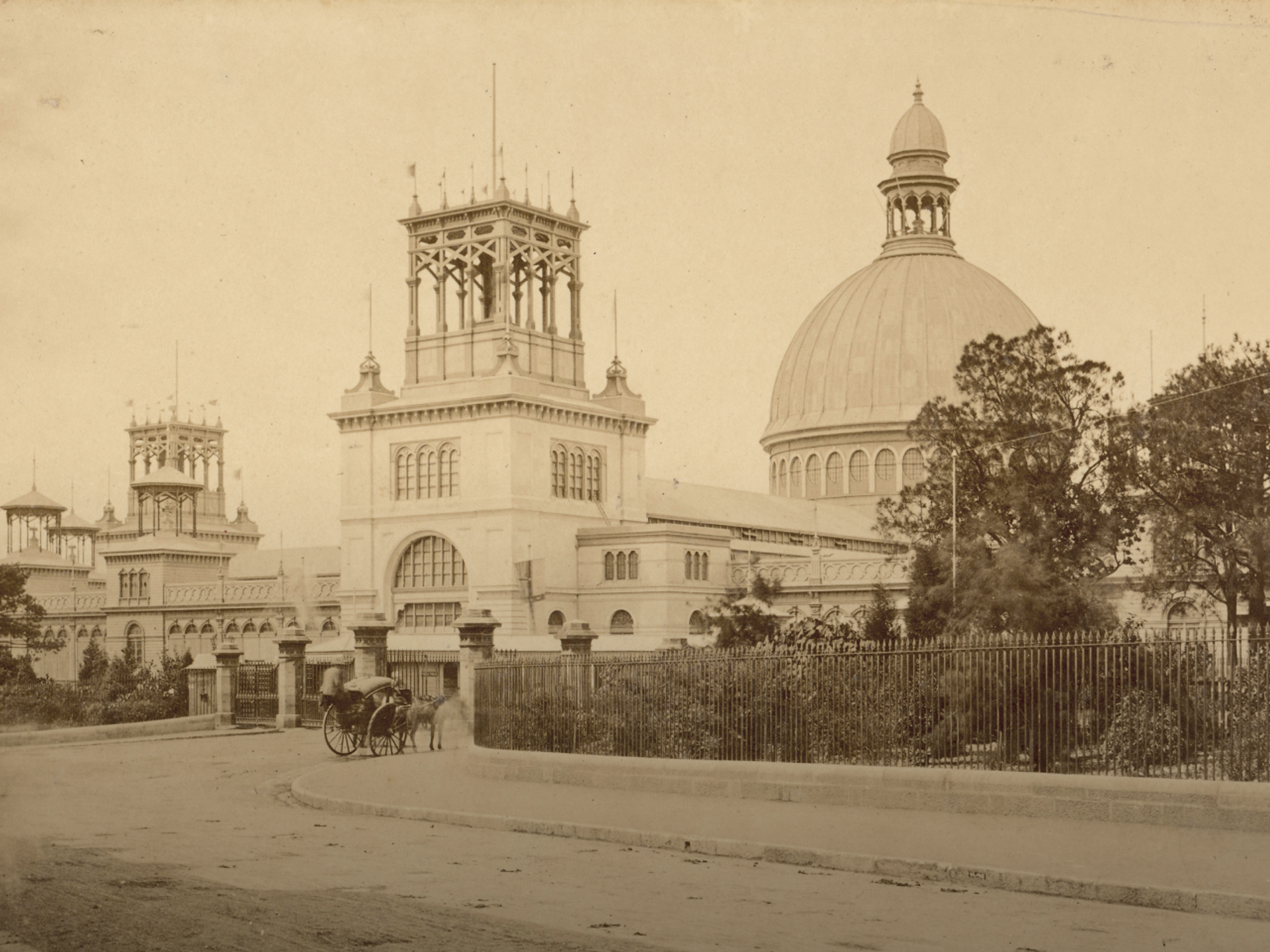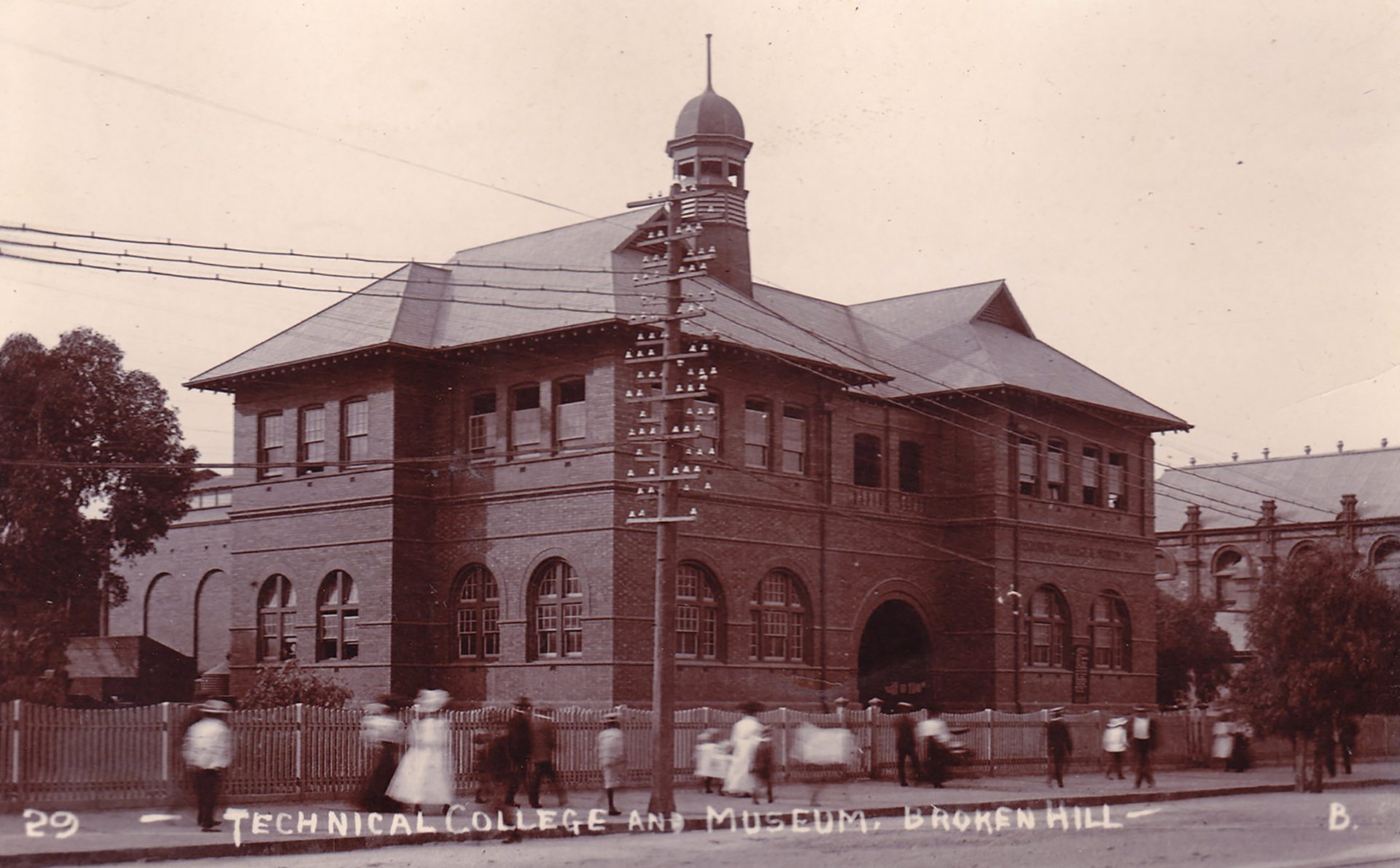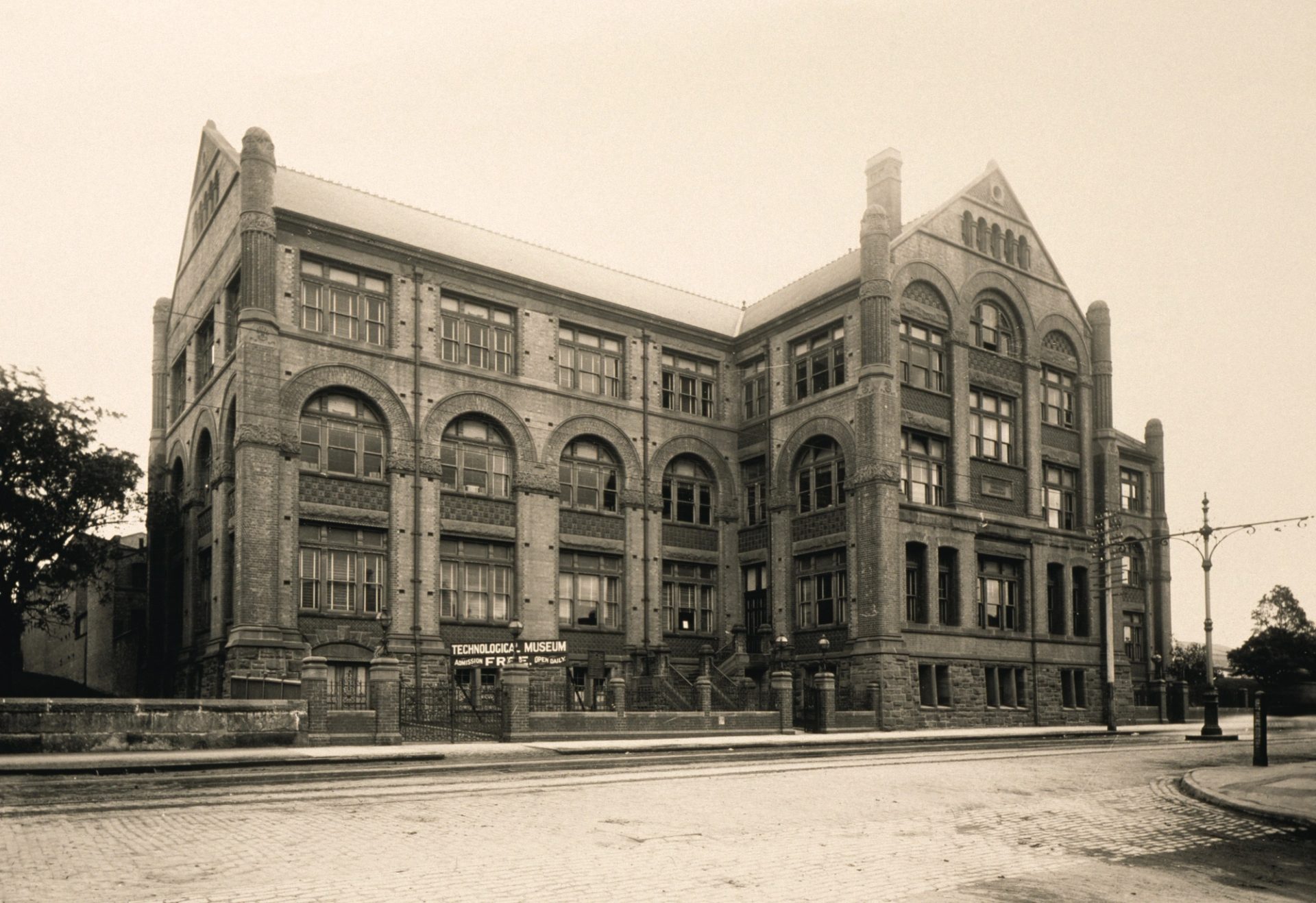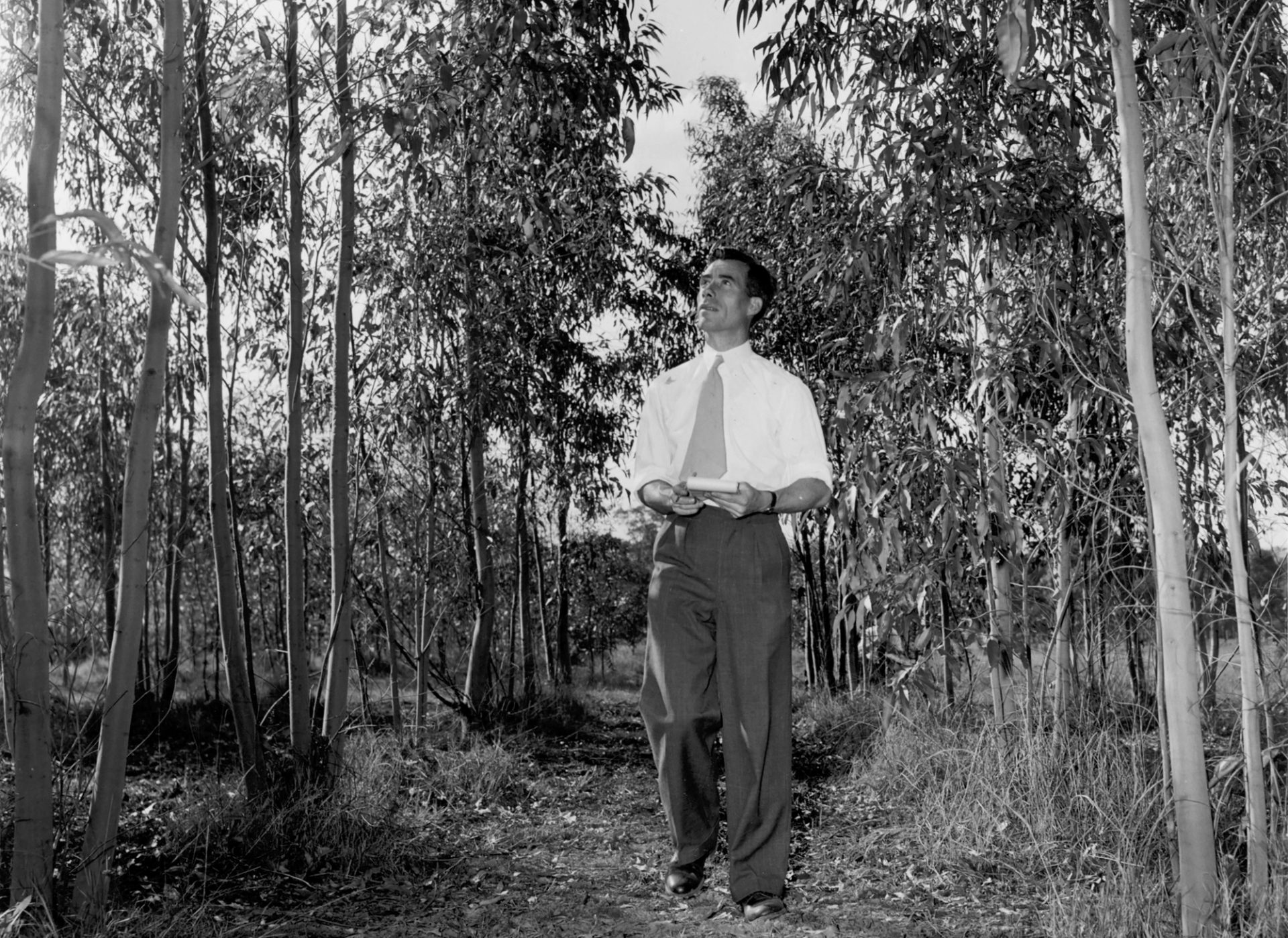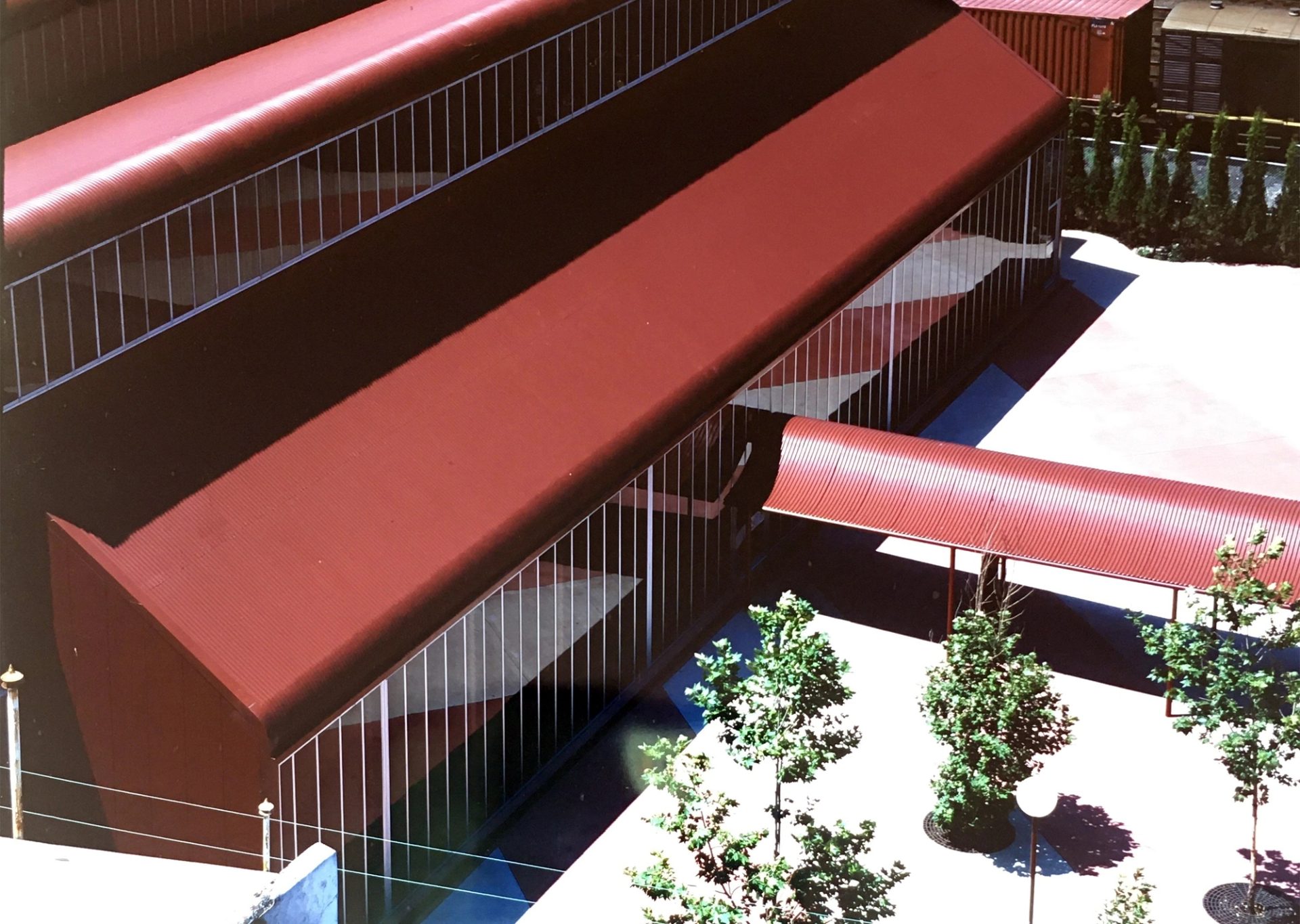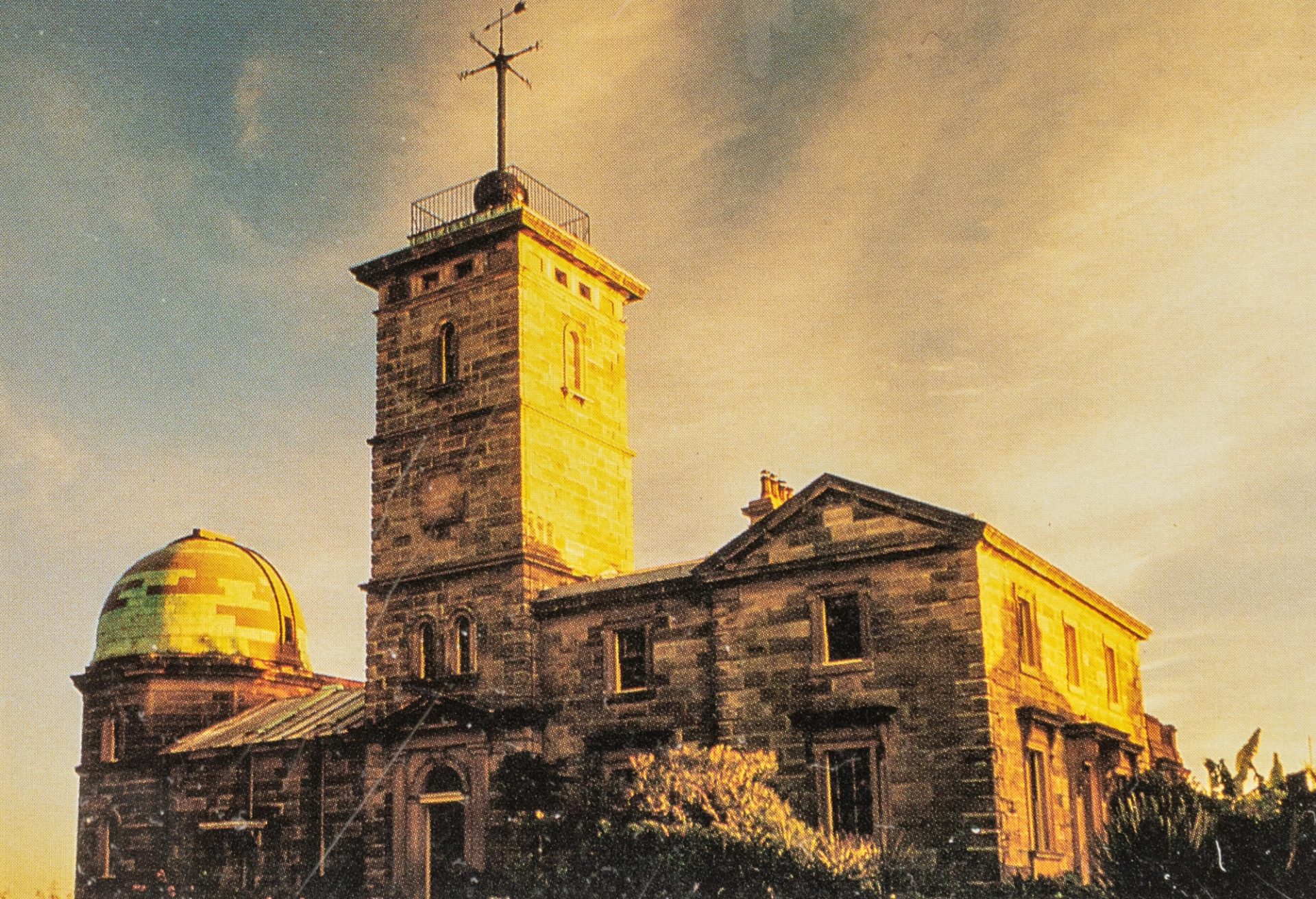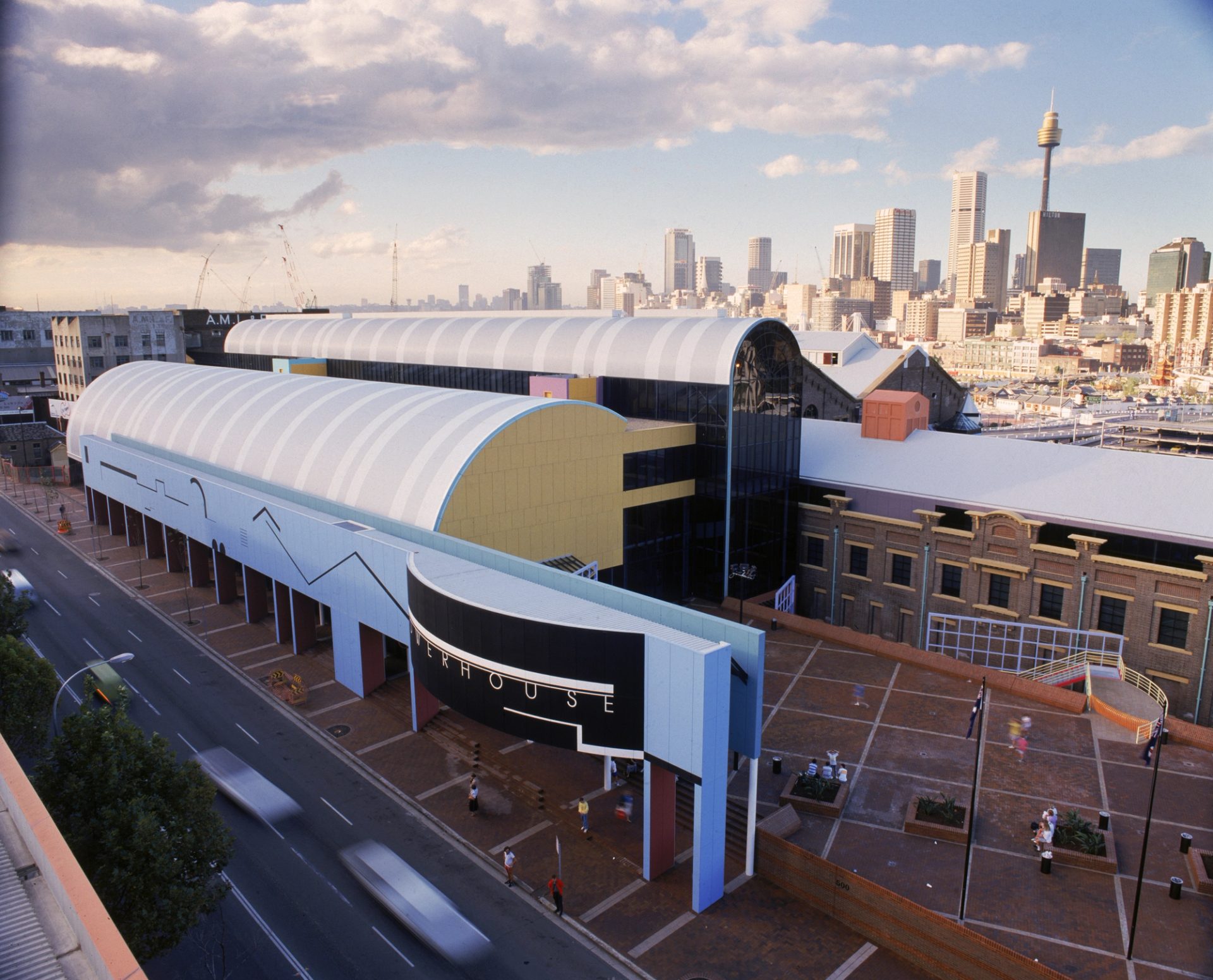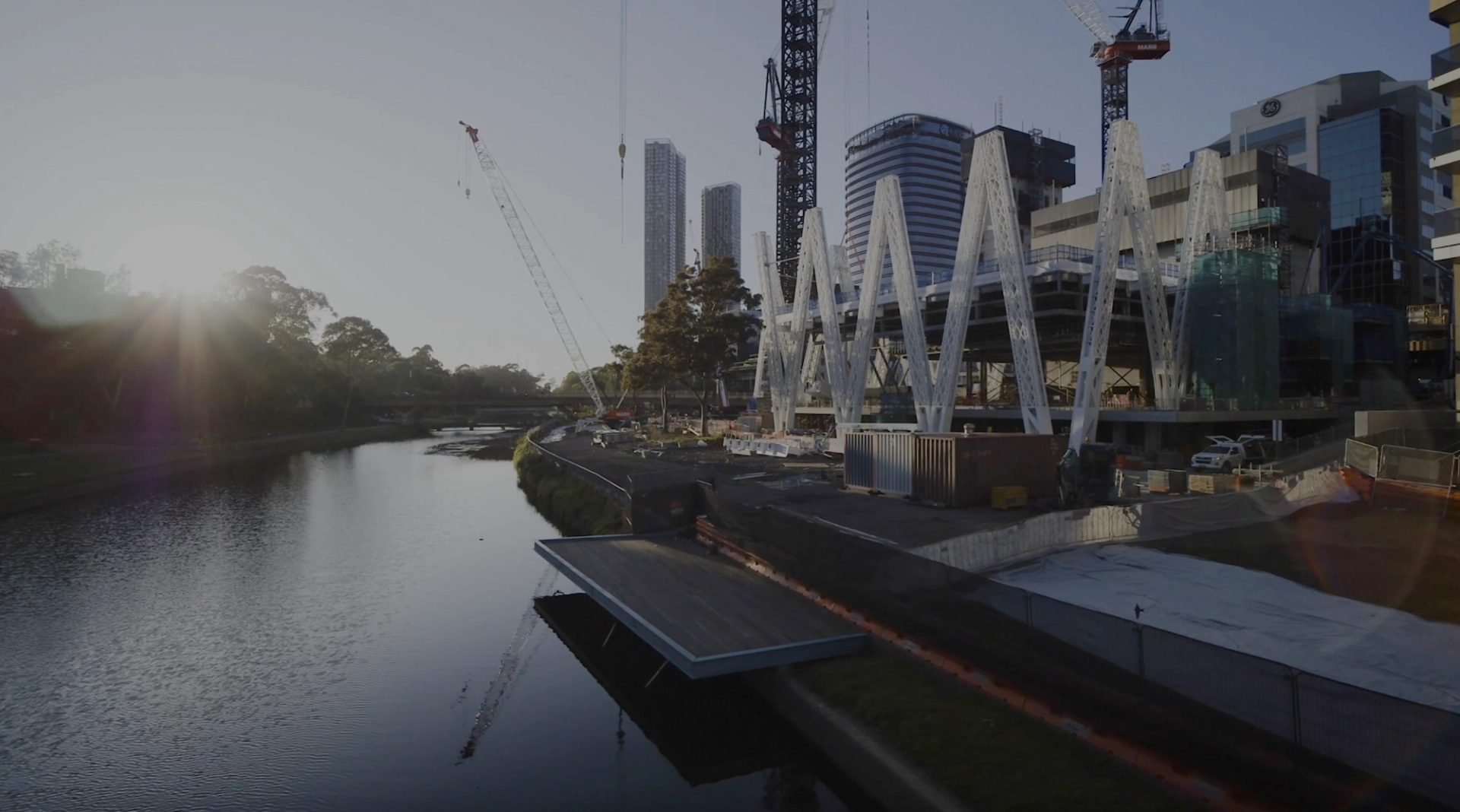Ongoing Transformations

Built for Repurpose
The original Ultimo Power House, built in 1899 to provide electricity for Sydney's trams, includes four steam engine generators in the engine hall. Steam is the world’s primary industrial driver for more than 200 years, spanning the 1700–1900s.

On 11 October 1963, the Ultimo Power House closes. Large sections of its former Pump House are demolished in between 1967 and 1968 to allow for widening the William Henry Street Bridge.
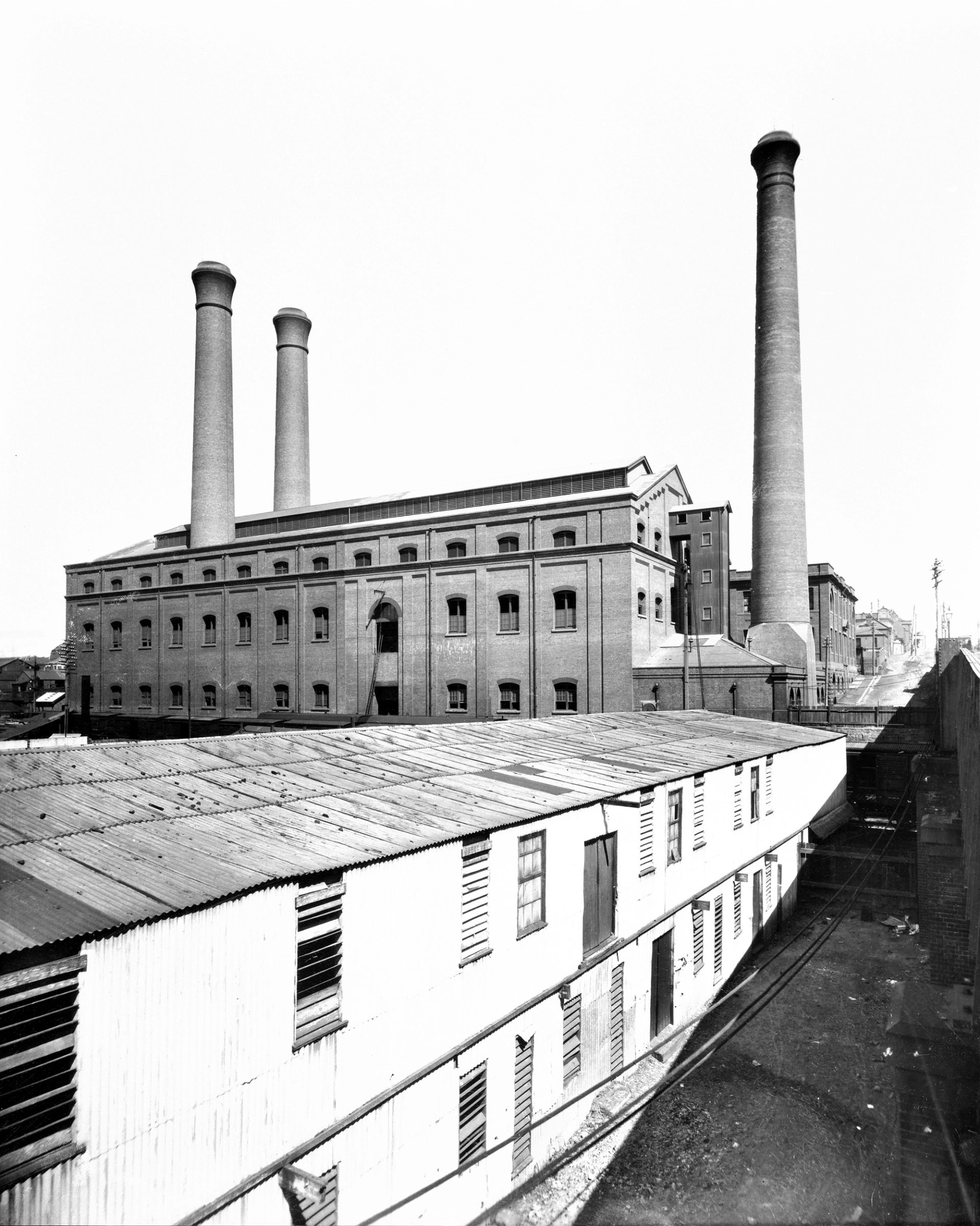
In 1976, most of the Power House plant and equipment are removed. And in 1977, the Boiler House chimney stacks are demolished to below-roofline heights. The Boiler House, with fourteen boilers installed at the peak of capacity, is designed to produce high-pressure for conversion to electricity, and to use seawater taken from Darling Harbour to cool its condensers.
‘The ultimo powerhouse empty since 1956 is about to emerge as one of the most exciting museums.’
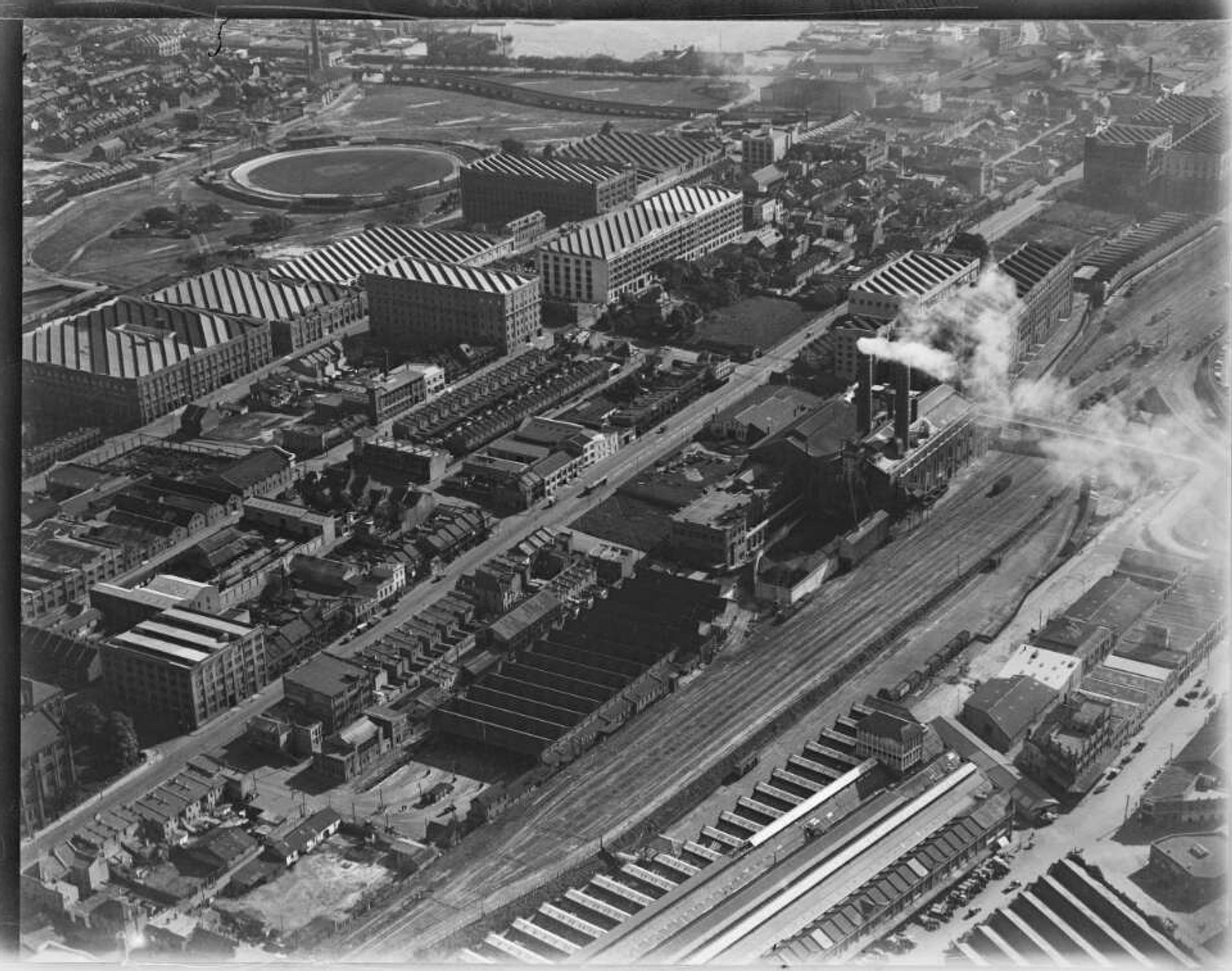
In 1978, a report by the Special Projects Section of the Government Architect’s Office notes: ‘For the purposes of developing a new science and technology Museum in the late 20th century mould, the site has outstanding potential. It is historically appropriate, structurally flexibly and remarkable cost-effective. What could be more appropriate for such a museum than the first major Powerhouse in Sydney? And what building in Sydney has interior spaces built to such a large scale to accommodate the Museum’s transport and engineering collections?’

‘I remember the collection was tucked away throughout the [old] Harris Street museum – in cupboards under showcases, above cases, in boxes in the basement sharing spaces with the museum’s carpenters and electricians, in keepers’ and curators’ offices, under desks and in cavernous cupboards …[in] the museum’s attic … Literally thousands of objects were in crates in the old wool store, in the former Ultimo Tram Depot and at the museum’s site at Castle Hill’
As the Harris Street Technological Museum closes incrementally, the Museum Train sets off through New South Wales, featuring two refurbished carriages and historical exhibits exploring ‘Life in the Colony, 1788–1901’. The train attracts 51,000 visitors in its first nine months on-tour in 1980.
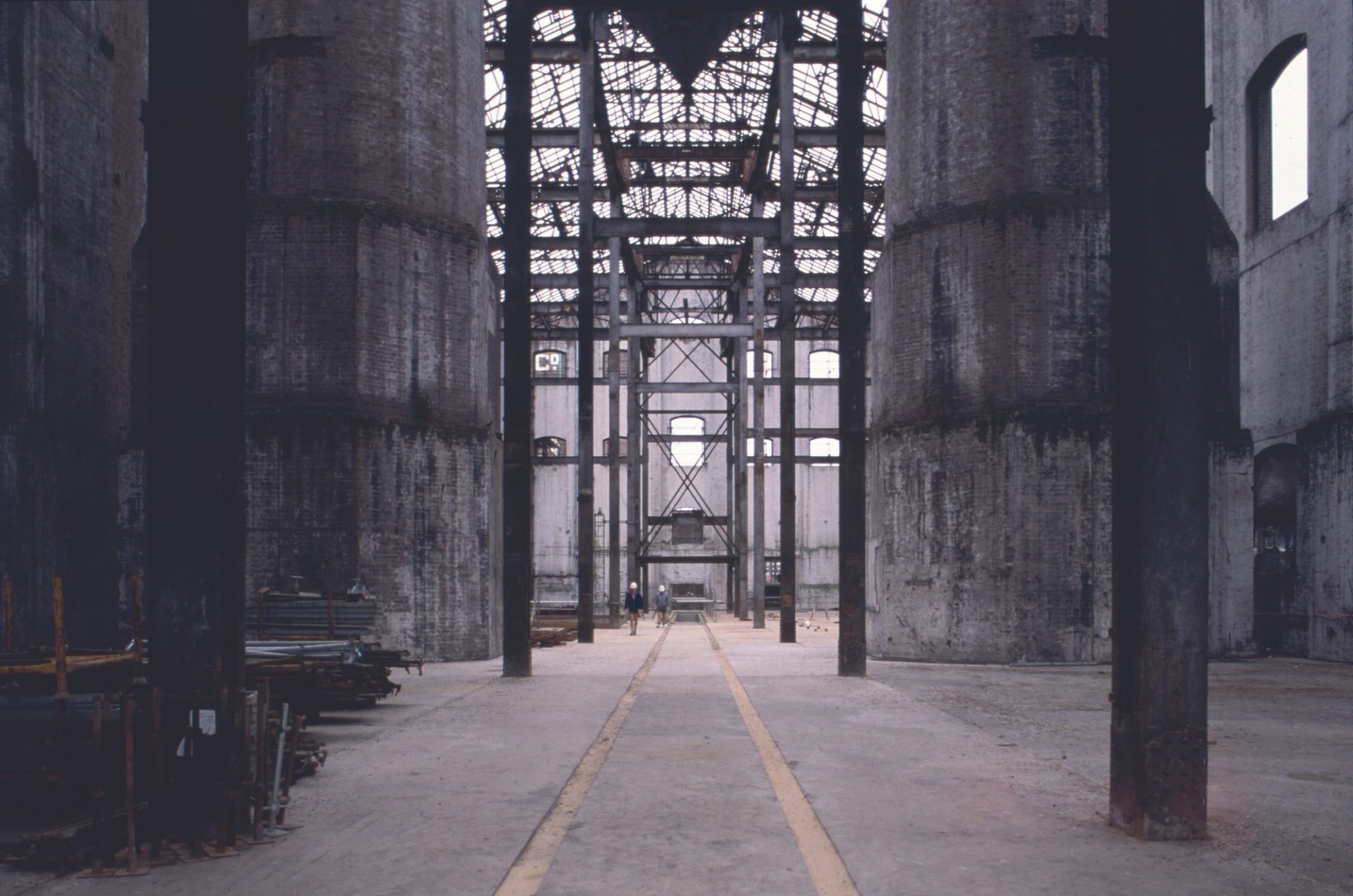
The New and Newly Named
Director at the time, Lindsay Sharp describes the project as ‘a colossus like no other, born of the Museum of Applied Arts and Sciences but new and different to say the least. A dazzling synthesis of museum, theme park and cultural centre, with restaurants, courtyards, libraries, theatres, continuous programs of music, film, sound and hands-on experiences in a multitude of fields. Museum as theatre. Not only a classic science museum but a dynamic centre where history can be experienced at all levels from the tranquil-traditional to the totally futuristic, totally immediate, totally involving.’
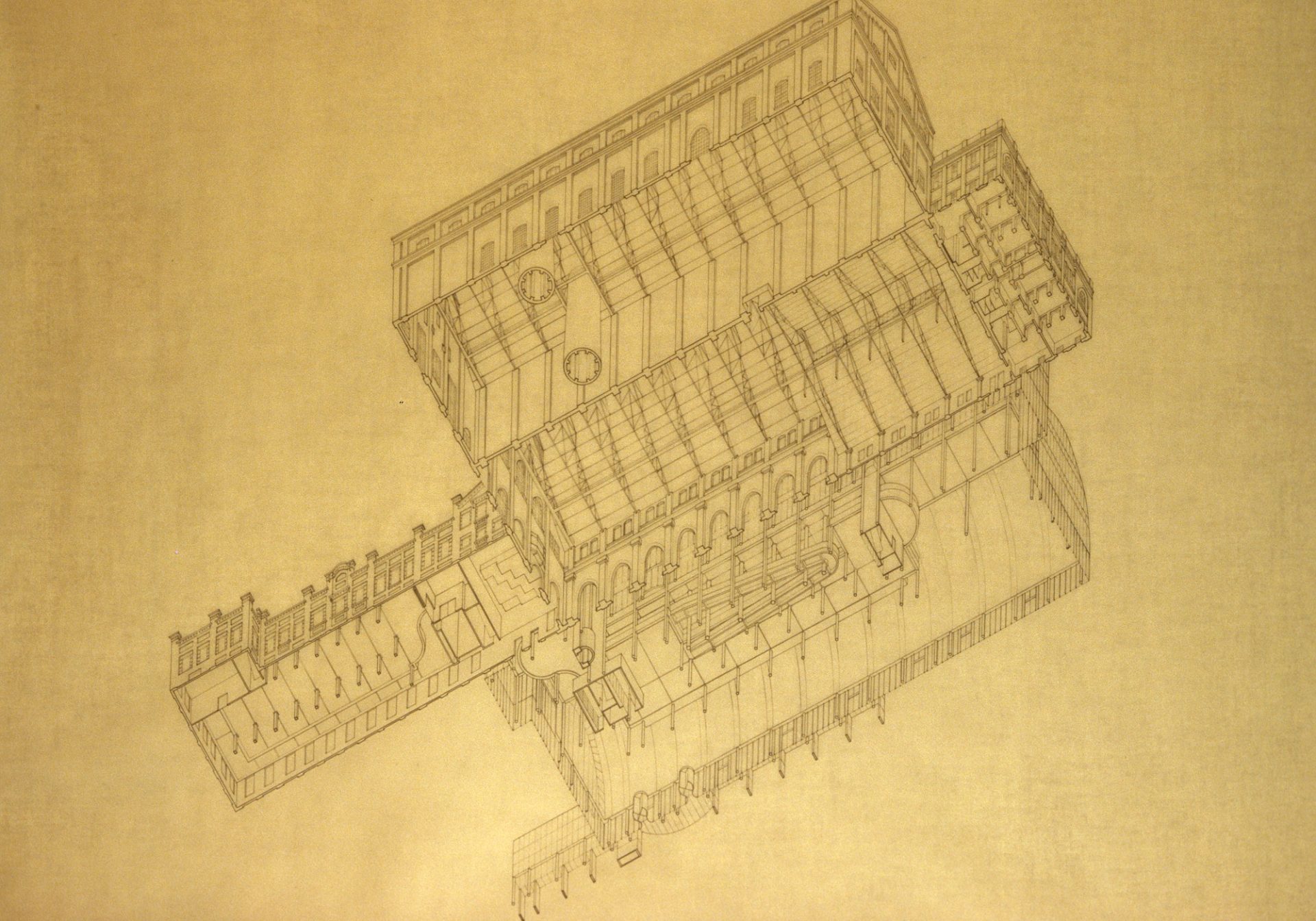
Of his first trip to the Museum’s stores, architect Lionel Glendenning notes that ‘the extraordinary breadth of that initial observation of the eclectic, bowerbird-like collection, ranging across the broad range of human existence is captured in the word ‘Powerhouse’.’
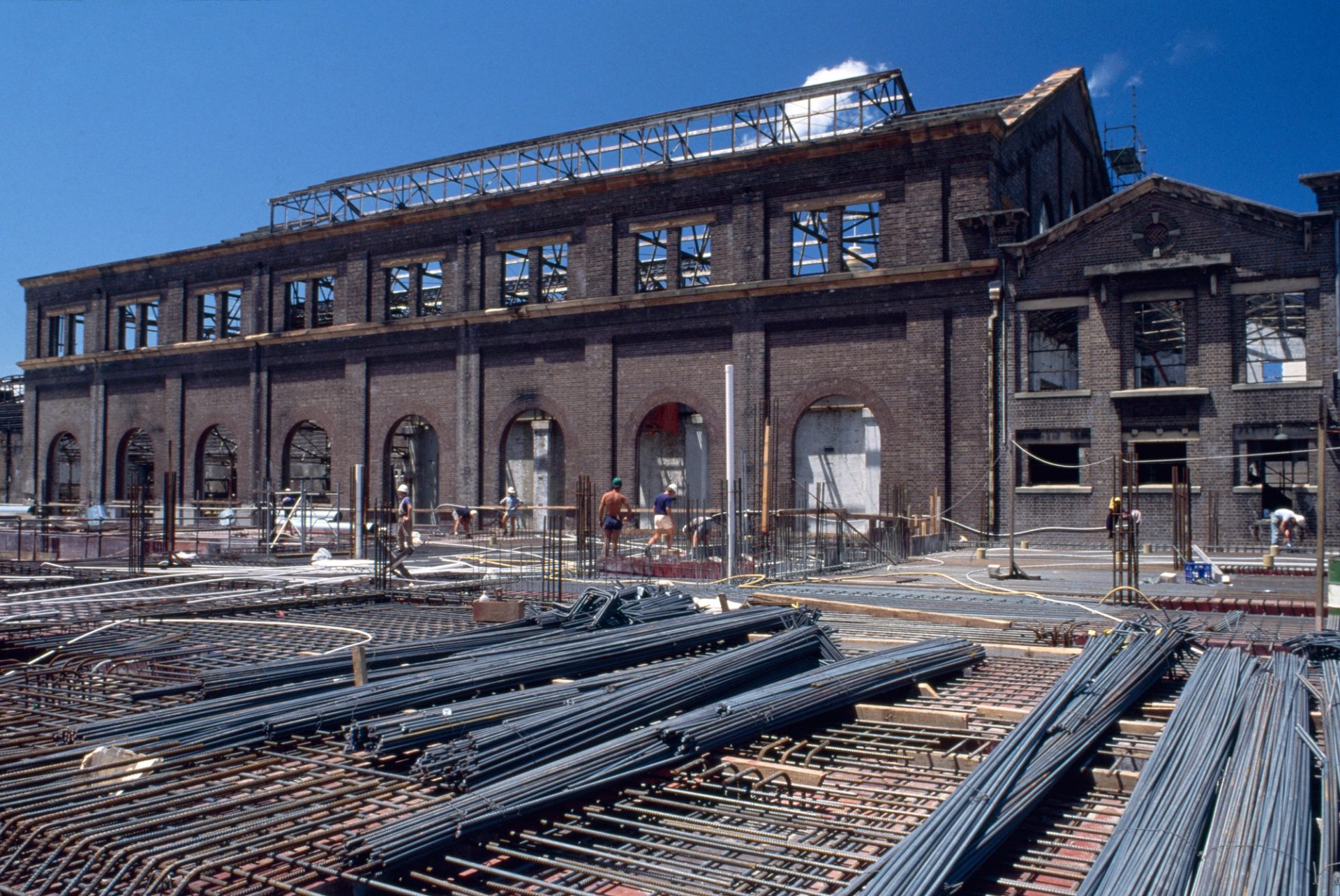
In 1988, the new and newly-named Powerhouse Museum opens on Harris Street, across the road and one block north of the 1893 building. It centres on the complex of rejuvenated Ultimo Power House and Turbine Hall buildings augmented by the new Wran building, designed by Lionel Glendenning.

This next evolution – of significant public buildings, and of the Museum itself – repurposes the infrastructure of one era of industrialism to become, as then-director Lindsay Sharp describes it, ‘a new museum for a new age’. It is also part of the transformation of this inner-Sydney area into a significant cultural, educational and tourism precinct.
In an architectural and tourism sense, its development is described as comparable only to that of the Sydney Opera House. It is, as the director of National Trust (NSW) says 25 years later, ‘a powerhouse of knowledge for inquisitive minds.’

Reimagining Renewal
‘When we imagined the site, it was these incredible historic buildings in this cutting of sandstone, and that cliff edge, we imagined, could be enhanced into an escarpment-like-presence. Within the escarpment, we had the new Powerhouse … and the way you move through the buildings, the way you move through the public spaces…’
In December 2022, the winners of a national design competition to renew Powerhouse Ultimo are announced as the Australian team comprising Architectus, Durbach Block Jaggers Architects, Tyrrell Studio, Youssofzay + Hart, Akira Isogawa, Yerrabingin, Finding Infinity and Arup.
















